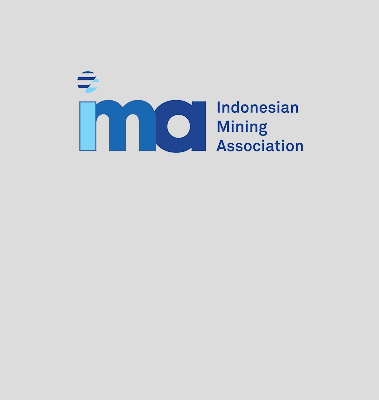With coal accounting for 54% of Asia’s power mix last year, the region faces a significant challenge in meeting its net-zero ambitions. In a bid to cut emissions, several Asian countries are turning to ammonia for power generation, particularly through co-firing, blending low-carbon ammonia with coal or natural gas. Rystad Energy expects China, Indonesia, Japan and South Korea to emerge as key hubs for this transition. However, a sizeable supply gap remains, with about 8.8 million tonnes per annum (Mtpa) of ammonia needed to meet 2030 targets.
Having relied on coal for decades, Asia lacks both the policy frameworks and the market demand needed to justify investment in infrastructure for ammonia as an energy source. Countries such as Japan and South Korea also face resource constraints, whether limited natural gas or insufficient renewable capacity, that hinder domestic production of clean ammonia. To meet net-zero goals, they will need to import clean ammonia from overseas, enabling coal replacement as a baseload power source while safeguarding energy security and affordability.
Ammonia co-firing is currently expensive, mainly due to the high costs associated with low-carbon hydrogen production, ammonia conversion and transportation. However, countries in Asia appear willing to tackle this challenge and advance their co-firing plans. Assuming a low-carbon hydrogen price of $5 per kilogram, which corresponds to an ammonia price of $1,000 per tonne, Rystad Energy estimates that the levelized cost of electricity for a 10% ammonia blend will be about 50% higher than coal-only generation. This indicates that costs must be tackled through innovation, economies of scale, or the implementation of a meaningful carbon price to make ammonia co-firing competitive.
While hydrogen and ammonia are set to play a growing role in decarbonizing Asia’s power sector, much of the progress hinges on foreign partnerships and long-term offtake agreements. Even with high costs associated with hydrogen, our data shows that ammonia demand from power generation is expected to grow ninefold by 2030. However, without firm offtake commitments and accelerated development of critical import infrastructure, this growth could stall. While several key Asian players are already in discussions with international partners to secure ammonia supply, progress on import terminals and co-firing capabilities must speed up,
Minh Khoi Le, Head of Hydrogen Research, Rystad Energy


